During the casting process, aluminum castings are prone to internal defects such as looseness, shrinkage, and porosity. After these castings with defects are machined, the surface dense layer components are removed to expose the internal tissue defects. For automotive aluminum castings that require sealing, such as cylinder blocks, cylinder heads, intake manifolds, brake valve bodies etc. During the pressure-resistant sealing test, the presence of defective micropores will cause a large amount of leakage of the sealing medium. Waste products, and these defects are often found after machining and pressure test, resulting in a serious wave of working hours, raw materials and energy. In order to solve the problem of high scrap rate of automobile aluminum castings and save the castings that may be scrapped due to the above defects, certain treatment measures must be taken in production. The most common technology currently used is impregnant treatment. The treatment is to infiltrate the impregnant agent into the micropores of the aluminum casting under certain conditions. After curing, the filler that penetrates into the pores is integrated with the inner wall of the casting pores, blocking the micropores, so that the parts can Process technology that satisfies the conditions of pressurization, anti-seepage and anti-leakage.
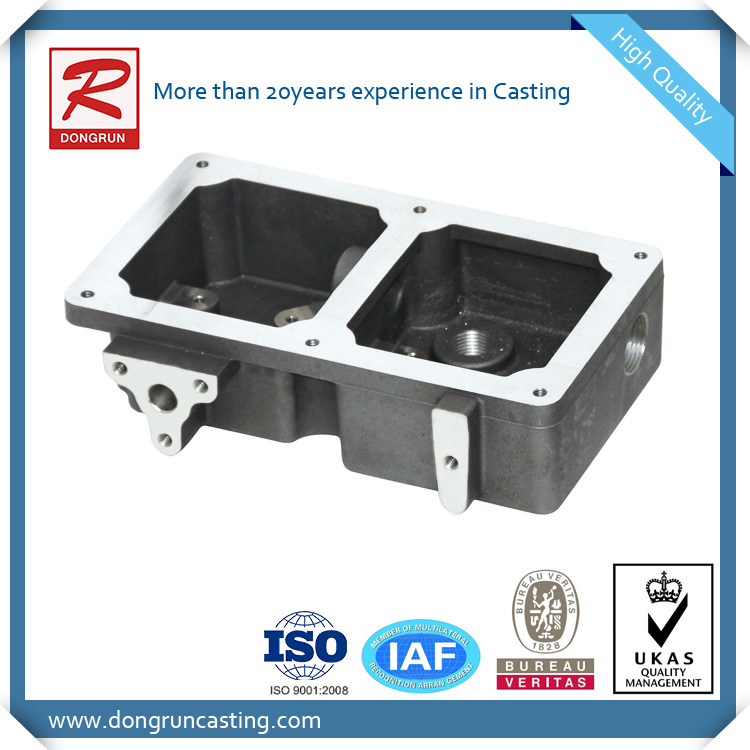
The cost of aluminum castings is low, the process is good, and the remelting and recycling saves resources and energy, so the application and development of this material is enduring. For example, the research and development of the cupola-electric furnace double smelting process and equipment; advanced iron is widely used liquid desulfurization and filtration technology; thin-walled and high-strength cast iron manufacturing technology; cast iron composite material manufacturing technology; surface or local strengthening technology of cast iron; isothermal ocean fired ductile iron complete technology; using permanent mold casting,sand casting, gravity casting,die casting and other special processes and equipment.
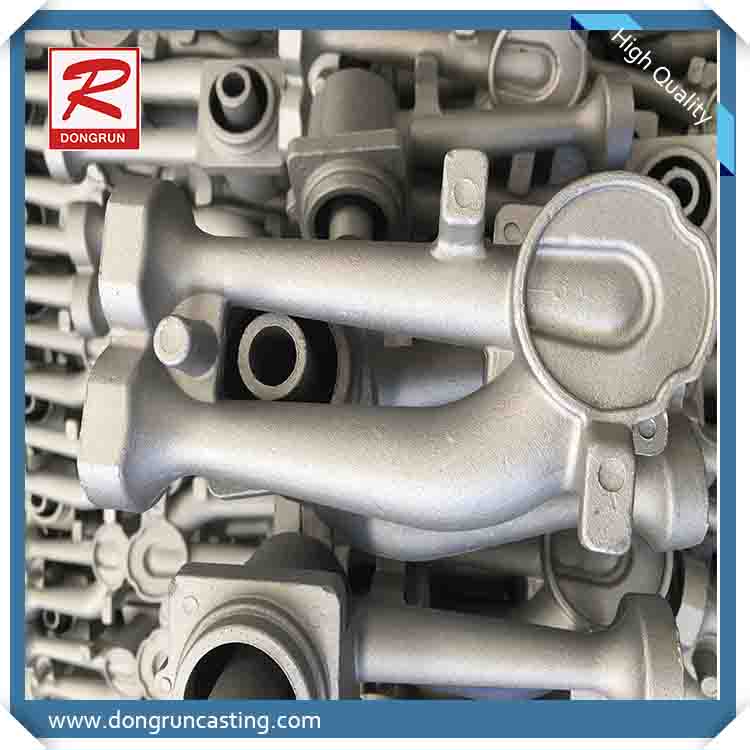
Aluminum alloy casting light alloys have a series of excellent characteristics such as low density, high specific strength, and corrosion resistance, and will be more widely used in aviation, aerospace, automotive, machinery and other industries. Especially in the automotive industry, in order to reduce fuel consumption Improving energy efficiency, replacing steel and iron castings with aluminum and nickel alloy castings is a long-term development trend, which focuses on solving pollution-free, efficient, and easy-to-operate refining technology, metamorphism technology, grain refinement technology and rapid detection technology before furnace .In order to further improve the material performance and maximize the potential of the material, high-quality aluminum alloy materials can be developed, especially aluminum-based composite materials to meet the performance requirements of different working conditions; strengthen the cluster alloy melting process research, continuous alloy die casting and extrusion Research and development of casting technology and related technologies; development and research of perfecting iron alloy smelting equipment and related technologies and processes.
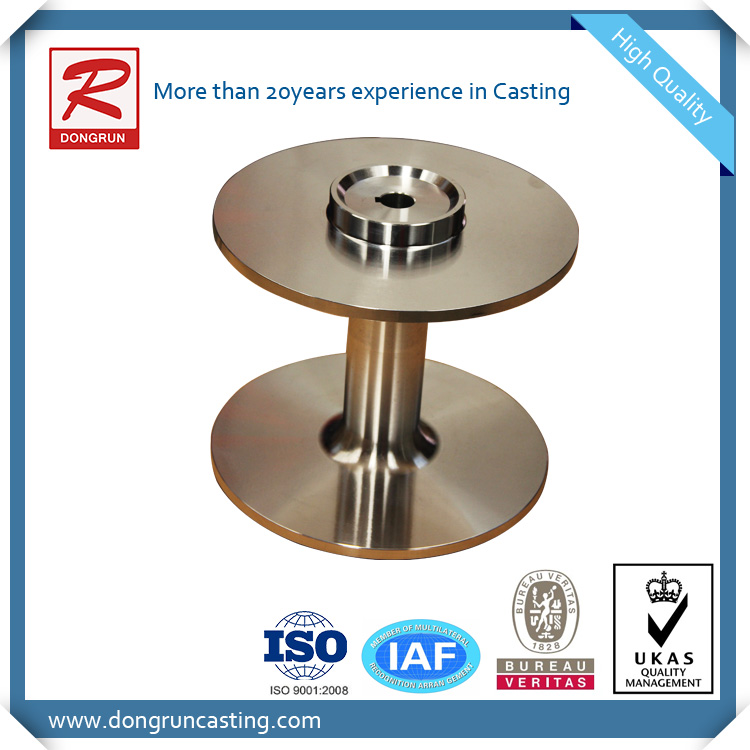
Crack
Defect characteristics:
1. Casting cracks. Development along the grain boundary, often accompanied by segregation, is a crack formed at a higher temperature is easier to appear in alloys with larger volume shrinkage and more complex shapes of aluminum castings
2.Heat treatment cracks: often caused by transgranular cracks due to heat treatment overheating or overheating. Often, alloys with large stresses and thermal expansion coefficients are cooled too much. Or when there are other metallurgical defects
Cause:
1. The casting structure design is unreasonable, there are sharp corners, the thickness of the wall changes too much
2. Sand mold (core) has poor yield
3. Local overheating of the mold
4. Pouring temperature is too high
5. Premature removal of castings from the mold
6. Excessive heat treatment or overheating, and excessive cooling rate
How to do?
1. Improve casting structural design, avoid sharp corners, strive for uniform wall thickness, and smooth transition
2. Take measures to increase the concession of the sand mold (core)
3. Ensure that all parts of the casting are solidified simultaneously or sequentially, and improve the design of the pouring system
4. Properly reduce pouring temperature
5. Control mold cooling time
6. When the casting is deformed, the thermal correction method is used
7. Correctly control the heat treatment temperature and reduce the quenching cooling rate
Dioxide slag
Defect characteristics:
Oxidized slag is mostly distributed on the upper surface of the casting, in the corner of the mold that is not ventilated. The fracture is mostly off-white or yellow. It is found by X-ray fluoroscopy or mechanical processing. It can also be found during alkaline washing, pickling or anodizing:
1. The charge is not clean and the amount of charge is too much
2. Poor design of pouring system
3. The slag in the alloy liquid is not removed
4. Improper pouring operation brings slag inclusion
5. After the refining and metamorphism treatment, the standing time is not enough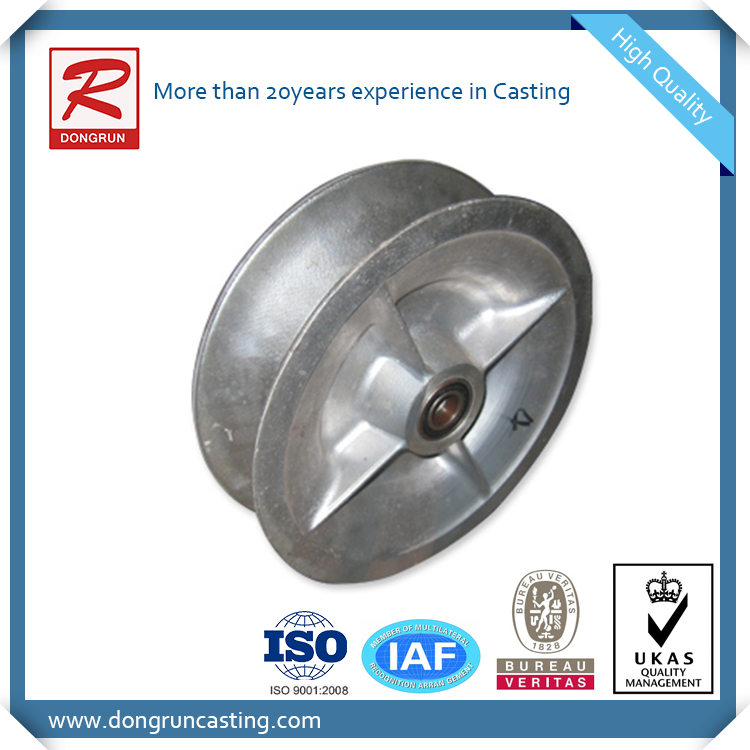
How to do?
1. The charge should go through sand blowing, and the amount of return charge should be reduced appropriately
2. Improve the design of the pouring system and increase its slag blocking ability
3. Use appropriate flux to remove slag
4. It should be stable when pouring and should pay attention to slag blocking
5. After refining, the alloy liquid should be allowed to stand for a certain time before pouring
Stomata bubbles
Defect characteristics:
The pores in the wall of the three castings are generally round or oval, with a smooth surface, generally shiny oxide scale, sometimes oily yellow. Surface pores and bubbles can be found by sandblasting, and internal pores can be found by X-ray fluoroscopy or mechanical processing. The bubbles are black on the X-ray film
Cause:
1. Pouring alloy is not stable, gas is involved
2. Organic impurities (such as coal dust, grass roots, horse dung, etc.) are mixed into the type (core) sand
3. Poor ventilation of the mold and sand core
4. There are shrinkage holes on the surface of the cold iron
5. Poor design of pouring system
How to do?
1. Correctly control the pouring speed to avoid gas involvement.
2. No organic impurities should be mixed in the mold (core) sand to reduce the amount of gas generated by the molding material
3. Improve (core) sand exhaust capacity
4. Correct selection and treatment of cold iron
5. Improve the design of pouring system
Shrinkage
Defect characteristics:
Shrinkage of aluminum castings generally occurs at the thick parts of the root of the fly riser near the in-runner, the thick and thin transitions of the walls, and the thin walls with large planes. In the as-cast state, the fracture is gray, and the light yellow is gray-white, light yellow or gray-black after heat treatment. It is cloudy on the X-ray film. The filamentous shrinkage is serious. It can be found by X-ray, low-magnification fracture and other inspection methods.
Cause:
1. Riser feeding effect is poor
2. Too much gas in the charge
3. Overheating near the sprue
4. The sand mold has too much moisture, the sand core is not dried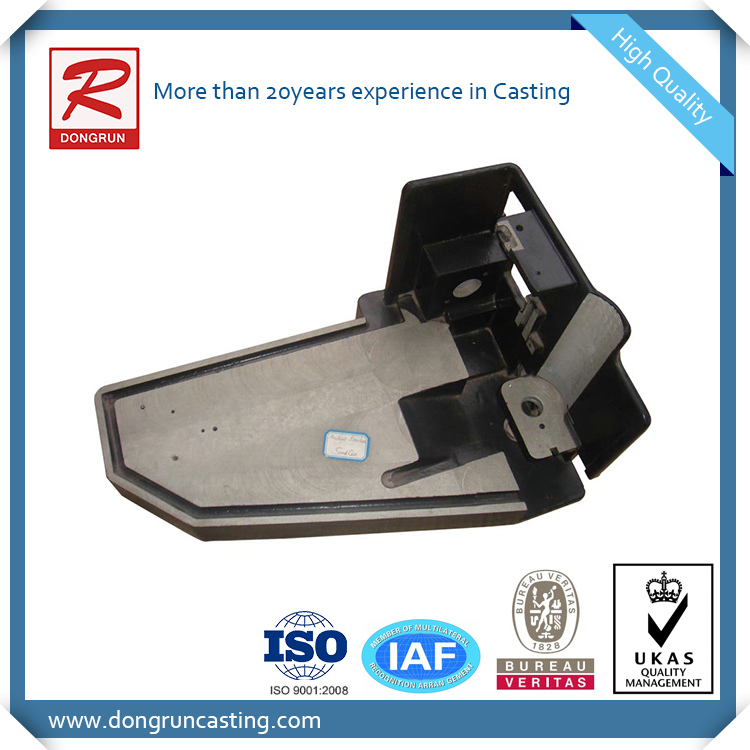
5. Coarse grains of alloy
6. Improper position of the casting in the mold
7. Pouring temperature is too high, pouring speed is too fast
How to do?
1. Replenish metal liquid from riser to improve riser design
2. The charge should be clean and free of corrosion
3. A riser is set at the shrinkage of the casting, and cold iron is placed or used in conjunction with the riser
4. Control sand moisture, and core drying
5. Take measures to refine the grain
6. Improve the position of the casting in the mold and reduce the pouring temperature and pouring speed
